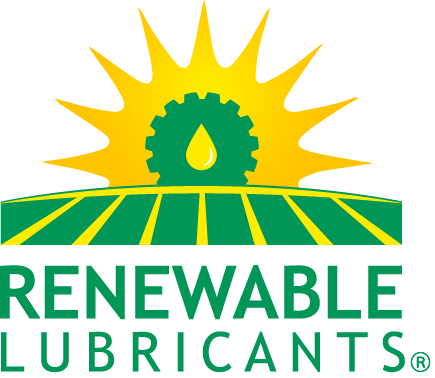
Choosing the Right Lubricant: Decoding ECL and EAL
In today's world, environmental considerations are paramount across every industry. From manufacturing to maritime, the quest for sustainable solutions has given rise to the development of environmentally-friendly lubricants. Among these, Environmentally Considerate Lubricants (ECL) and Environmentally Acceptable Lubricants (EALs) have gained prominence for their positive impact on both equipment performance and our planet. Let's delve into the differences and advantages of these lubricant classifications.
Environmentally Considerate Lubricants (ECL):
ECL, as the name suggests, signifies lubricants formulated with a consciousness towards the environment. However, the term lacks a standardized definition and doesn't come under the oversight of scientific bodies or governmental approvals. This leaves a certain level of ambiguity, making it essential for users to exercise due diligence when choosing ECLs. Although the specifics might vary from one product to another, the general idea behind ECLs is to reduce the ecological footprint associated with lubrication.
While ECLs offer flexibility and innovation in formulation, their undefined nature can pose challenges. Without a clear guideline, users might find it harder to assess the true environmental impact and performance benefits of these lubricants. This brings us to the more regulated alternative – Environmentally Acceptable Lubricants (EALs).
Environmentally Acceptable Lubricants (EALs):
EALs are a well-defined category of lubricants designed with a focus on biodegradability, minimal harm to aquatic ecosystems, and non-bioaccumulative properties. These lubricants are specifically crafted to ensure that they do not persist in the environment, reducing potential damage to marine life and water bodies.
One of the standout features of EALs is their mandatory use in United States waters since 2013. This mandate reflects a proactive approach to safeguarding marine environments. EALs are required for equipment with oil-to-sea interfaces, such as marine vessels, unless technical infeasibility can be demonstrated. This proactive stance has not only fostered eco-consciousness but also fueled research and development in lubricant technology.
Advantages of EALs over ECLs:
1. Environmental Accountability: EALs are backed by a clear definition and regulatory framework, making their environmental benefits more transparent and dependable.
2. Ecosystem Protection: EALs' biodegradability and non-bioaccumulative properties contribute to the protection of aquatic ecosystems. Their use aligns with global efforts to reduce pollution and maintain biodiversity.
3. Regulatory Compliance: Mandatory usage of EALs in certain regions ensures that industries are actively contributing to environmental protection.
4. Enhanced Performance: EALs are developed to match or surpass the performance of conventional lubricants, dispelling the notion that eco-friendly options compromise functionality.
5. Innovation Incentive: Regulatory demands for EALs have spurred lubricant manufacturers to innovate and develop high-performing, sustainable products.
While ECLs offer flexibility, EALs provide a regulated framework for protecting the environment and enhancing equipment performance. The clear definition and mandated usage of EALs make them a reliable choice for industries striving to balance functionality with ecological responsibility.
